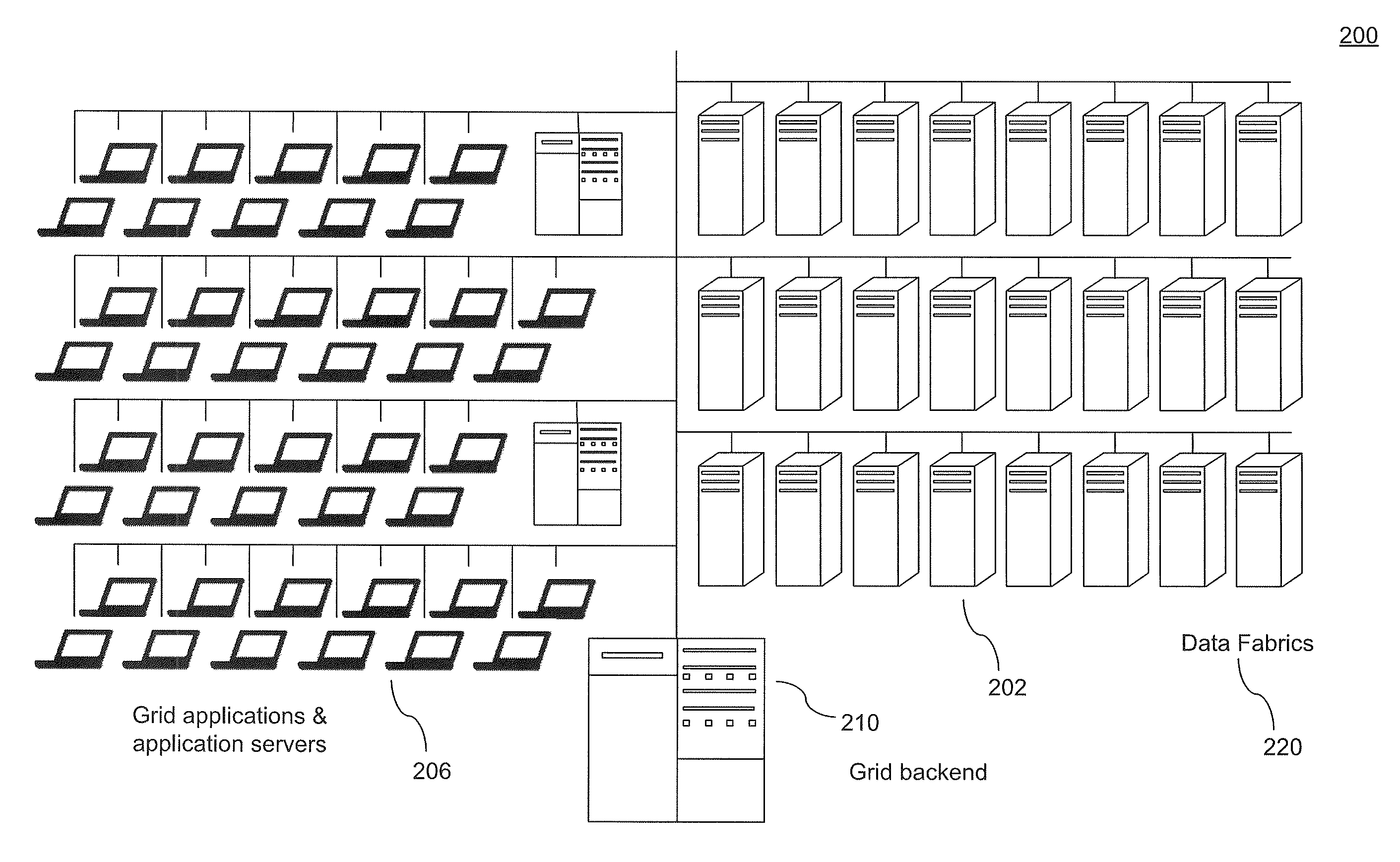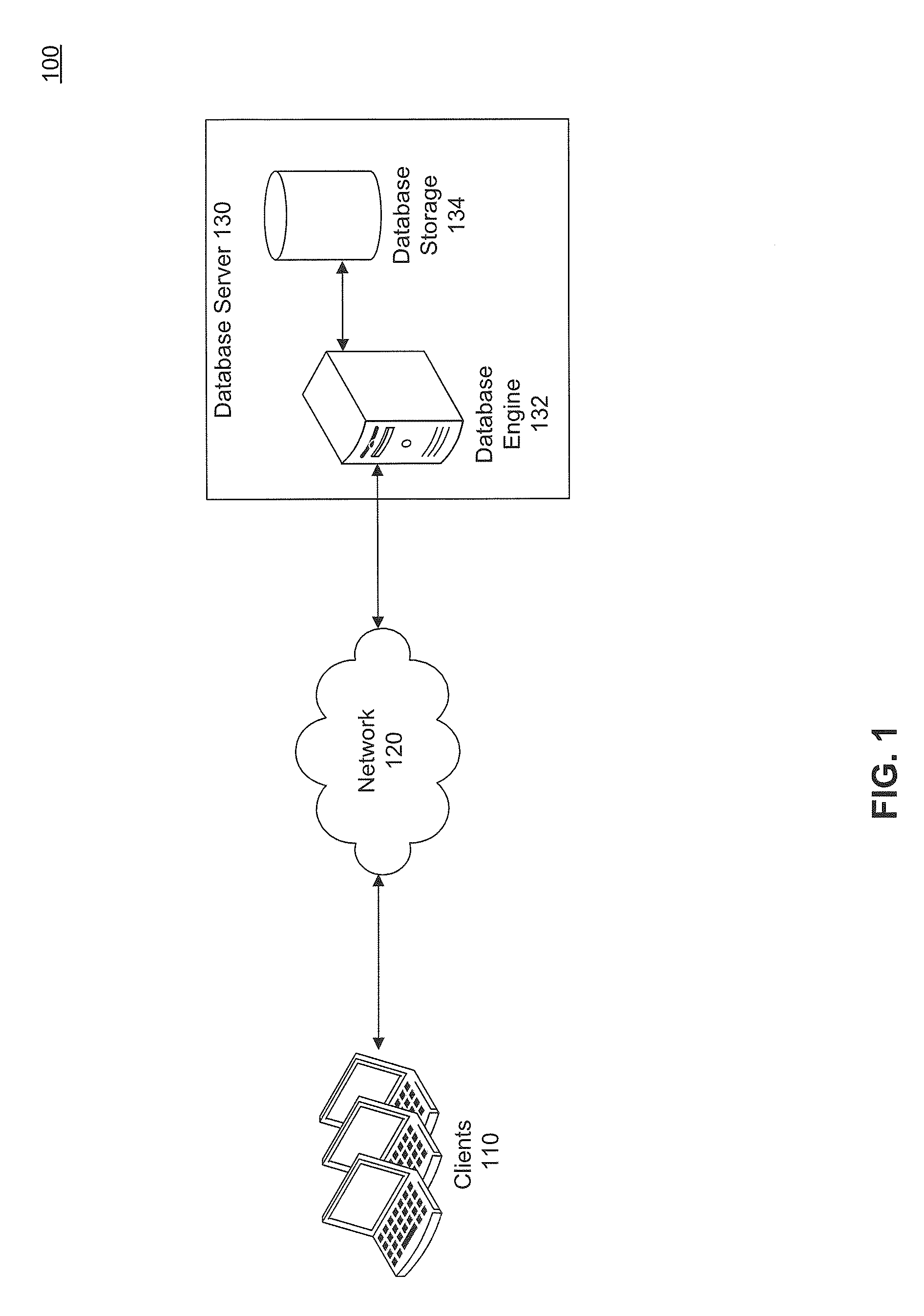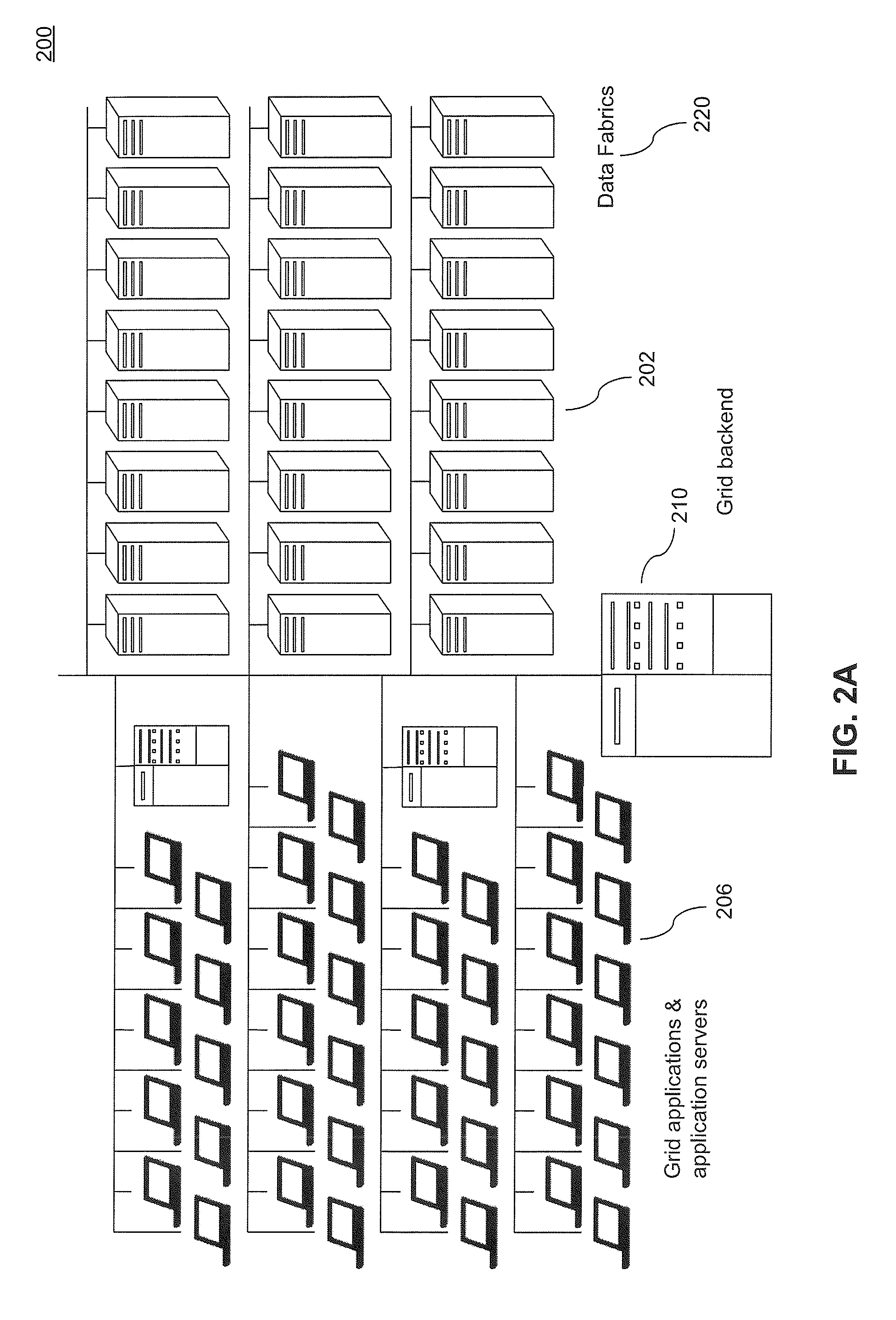Non-disruptive data movement and node rebalancing in extreme OLTP environments
a data movement and node rebalancing technology, applied in the field of databases, can solve the problems of scalability problems, performance bottlenecks and scalability problems, and existing distributed caching systems that pose significant challenges to database application developers and database administrators, and achieve the effect of heavy online transaction processing and workload
- Summary
- Abstract
- Description
- Claims
- Application Information
AI Technical Summary
Benefits of technology
Problems solved by technology
Method used
Image
Examples
Embodiment Construction
Table of Contents
[0034]I. Database System[0035]II. Data Grid[0036]III. Data Fabrics in Extreme OLTP Environments[0037]IV. Methods
[0038]A. Non-Disruptive Partition Movement[0039]1. Data movement from source to destination nodes[0040]2. Update catch-up for changes to source during movement[0041]3: Switch applications and ownership to destination nodes
[0042]B. Non-disruptive Cache Startup
[0043]C. Non-disruptive Cache Shutdown
[0044]D. Node Rebalancing[0045]V. Example Computer System Implementation[0046]VI. Conclusion
[0047]Embodiments relate to producing an improved or even an optimal layout of one or more data fabrics within a data grid in a database environment. As will be described in further detail below, the data grid is an ideal way to improve performance when processing critical transactions between a database server and one or more client applications.
[0048]While the present invention is described herein with reference to illustrative embodiments for particular applications, it s...
PUM
 Login to View More
Login to View More Abstract
Description
Claims
Application Information
 Login to View More
Login to View More - R&D
- Intellectual Property
- Life Sciences
- Materials
- Tech Scout
- Unparalleled Data Quality
- Higher Quality Content
- 60% Fewer Hallucinations
Browse by: Latest US Patents, China's latest patents, Technical Efficacy Thesaurus, Application Domain, Technology Topic, Popular Technical Reports.
© 2025 PatSnap. All rights reserved.Legal|Privacy policy|Modern Slavery Act Transparency Statement|Sitemap|About US| Contact US: help@patsnap.com



